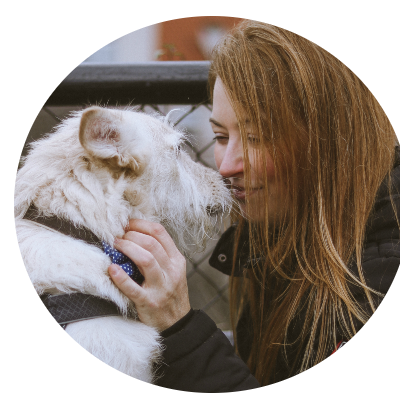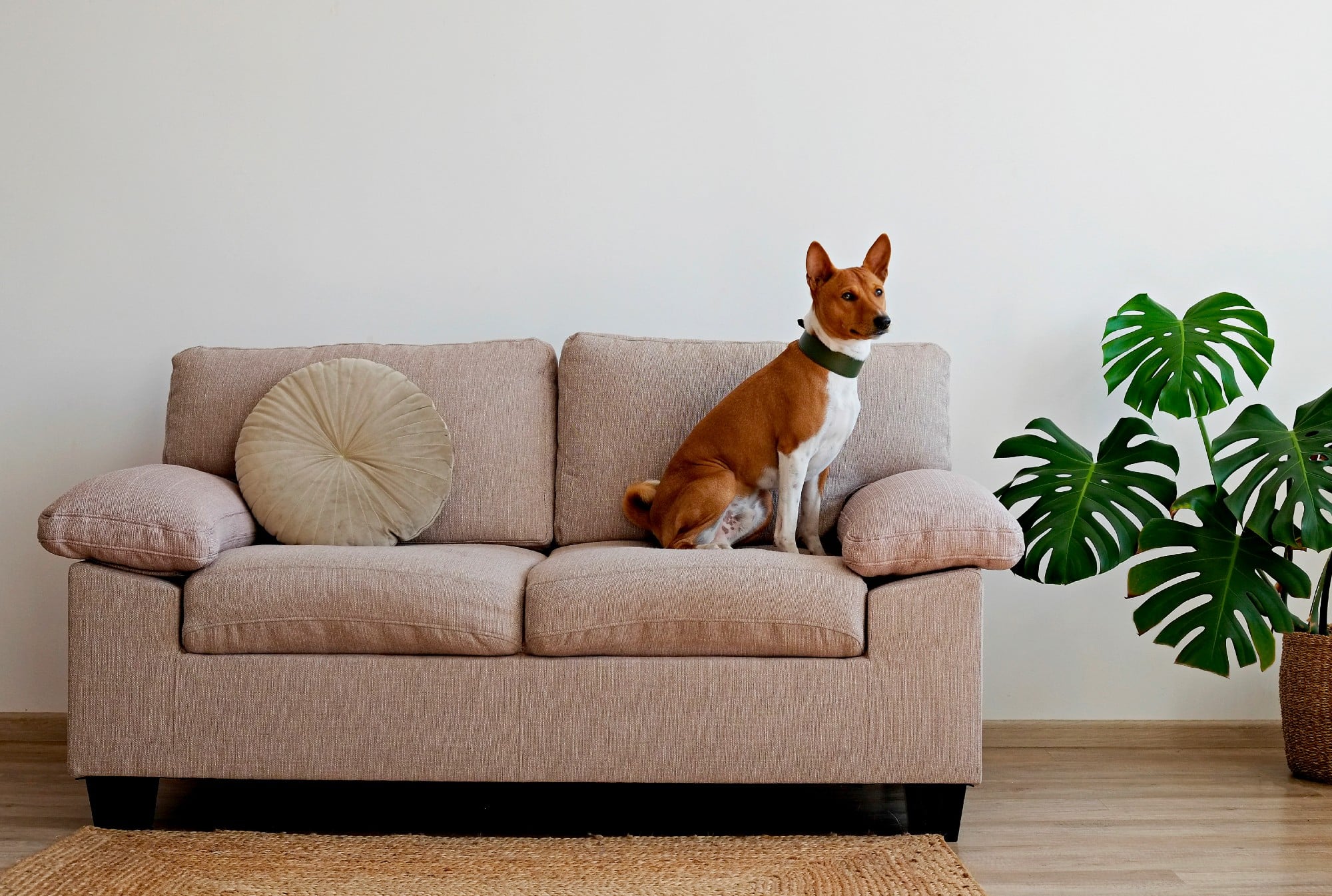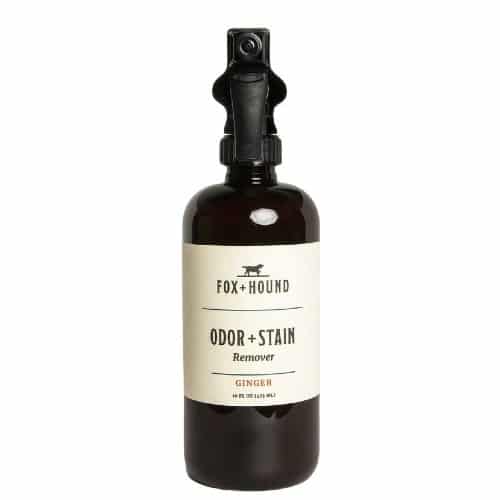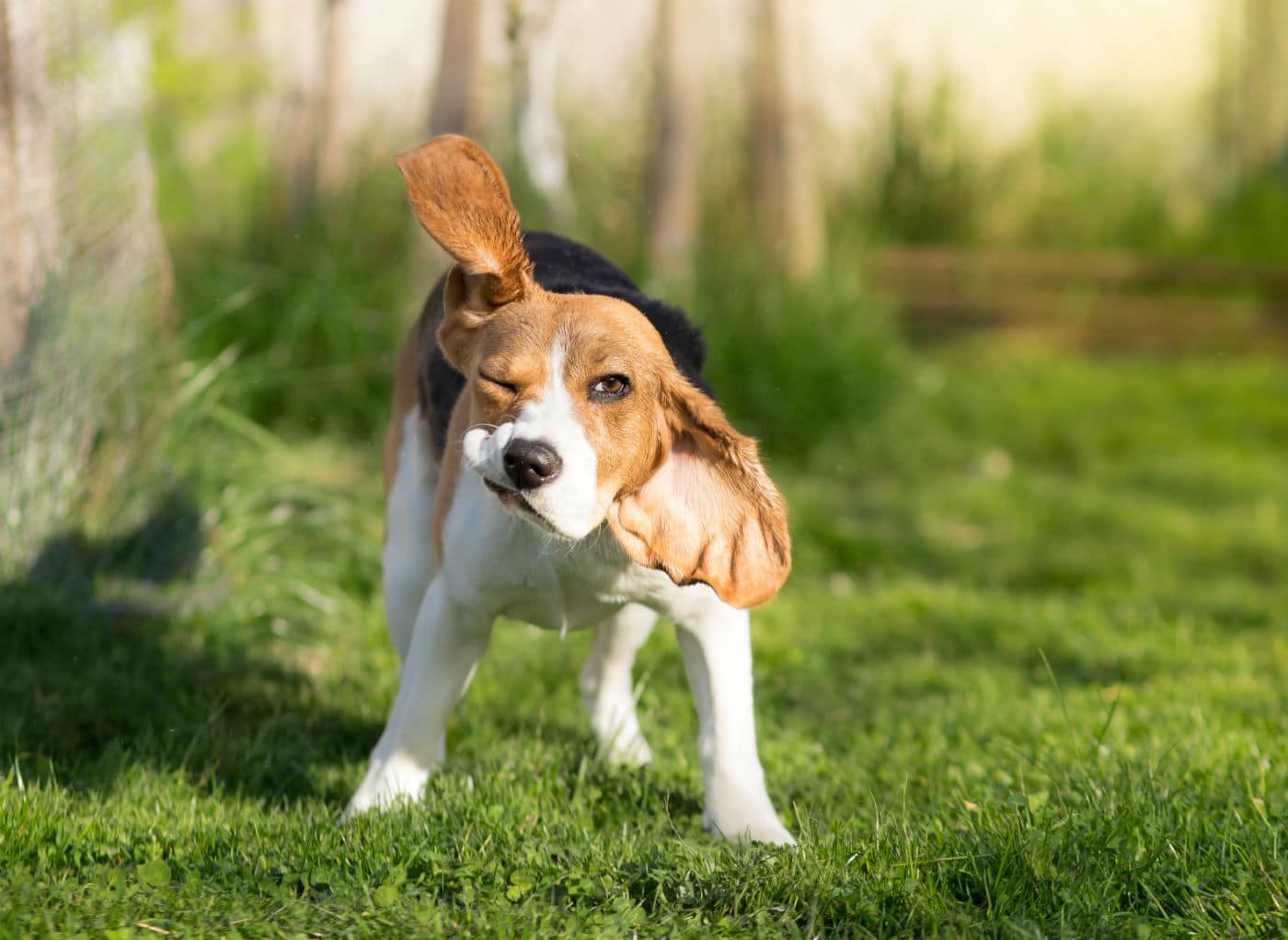Dogs bring unconditional love and companionship — as well as unexpected muddy paw prints on your favorite rug and not-so-pleasant pet stains about everywhere else.
Luckily, with the right tools and products, cleaning up after your dog can be a breeze. Enzyme-based cleaners, pet-specific stain removers, and even some DIY solutions can all help to eradicate stubborn stains and pet smells.
Before you get started, keep in mind that choosing pet-safe products is a must. “A big no when it comes to cleaning pet stains is using harsh chemicals or cleaners that can damage your floors, furniture, or harm your pets,” says Karina Toner, operations manager at Spekless Cleaning. “Avoid using products that contain bleach, ammonia, or other toxic ingredients, as these can be harmful to your pets, and the fumes can cause respiratory problems for humans.”
Here are some professional tips on maintaining a clean and happy home for you and your furry companion.
Tackling Muddy Paw Prints and Saliva
If these are the only marks your pet is leaving behind, count yourself lucky. They are not only quite easy to remove but also leave no residue behind once cleaned.
For basic stains like saliva and paw prints, Toner recommends trying a simple mixture of vinegar and water. “Mix one part vinegar with two parts water, and use a clean cloth or sponge to apply the solution to the affected area,” she says. “Vinegar is a natural disinfectant and can break down and remove stains, while also neutralizing odors.”
Some dogs are quite sensitive to smell and will object to vinegar, though, in which case you can use castile soap instead of vinegar in the mix. “If the stains are more stubborn, you can add a few drops of mild dish soap for extra cleaning power,” according to Toner.
Always blot the area dry with a clean towel or a paper towel at the end.
Winning the Battle Against Tougher Stains
“It’s morning time, and you’re making your way into the kitchen for that desperately needed first cup of coffee — only to find an unexpected pile of vomit, pee, or poop in your way.
We get it: Cleaning that up is not the ideal way to start the day, but as Toner points out, it is essential to clean harder stains as quickly as possible, because the longer they sit, the more they will set into the carpet or upholstery fibers. “When the stains are fresh, they are much easier to remove,” Toner says. “Additionally, pet urine and feces can contain harmful bacteria and viruses that can be hazardous to human health; the longer these stains sit, the higher the risk of infection or illness.”
Related: Spring Cleaning: 9 Non-Toxic Dog Stain and Odor Cleaners That Get the Job Done
For fresh stains that are still wet, Toner recommends blotting up as much as possible with paper towels or a cloth, then rinsing the area with cool water and blotting again until dry.
For bigger or smellier stains, however, DIY mixes just won’t do, and you’ll probably need to use a commercial product instead. Toner says you should look for cleaners specifically designed for pet stains that contain enzymes, which can break down and eliminate odor-causing molecules.
Accidents happen. Fortunately, with Fox + Hound’s stain remover, cleaning up is a cinch. Formulated with professional strength, bio-enzymatic ingredients, the formula can get out even the most stubborn stains.
Dealing With Wall and Wooden Floor Pet Stains
When it comes to stains on wood floors or furniture, speed is essential! Toner recommends quickly wiping up any excess urine with a cloth and then using a mild detergent solution to clean the area. Always finish by rinsing well with water and drying thoroughly.
“For stains on walls or paint, use a sponge or cloth dampened with water and a mild detergent solution to wipe off any urine residue,” Toner says, who adds you should then rinse and dry well, too.
Solutions for Stubborn Dry Pet Stains
Once stains start to set in, things get a bit more complicated. Most can still be removed with a bit of extra work, but you might need to try a few different things. One big thing when it comes to dry stains? Stay away from heat, including hot water, which can set stains permanently into the fibers, Toner says.
If pet stains have already dried, it’s important to take extra steps to remove them. “Start by scraping away any dried material with a plastic scraper or spoon, and then apply a pet-specific cleaning solution, following the instructions on the label,” Toner says.
For dry, set-in stains on carpet or upholstery, she recommends using a wet-vac machine or an extractor with water only (no chemicals) to flush out the urine from the fibers. You can then use a pet odor neutralizer to remove any lingering smells.




















